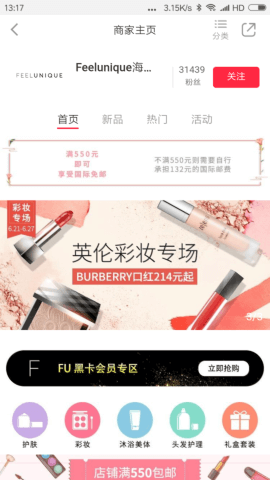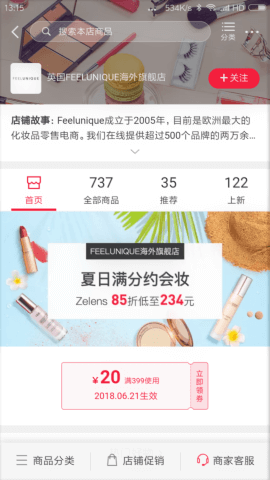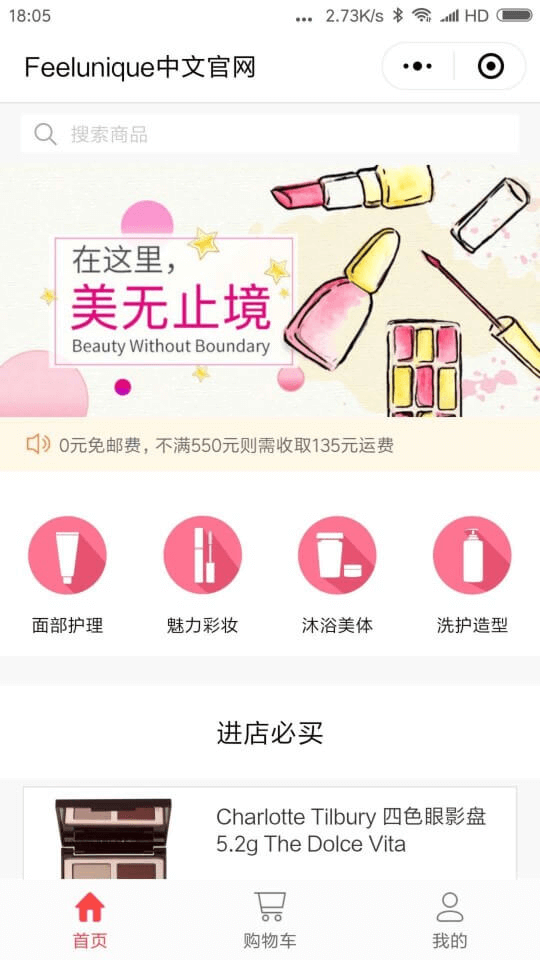Chinese consumers are changing - how to prepare for next year's 618 festival?
While JD.com reported impressive figures for this year's 618 shopping festival, some retailers reported disappointment with user traffic and sales figures
by Azoya Consulting
This year, e-commerce powerhouse JD.com racked up US$25 billion in transaction volumes for its annual 618 festival, a 37% increase from last year.
Social commerce and the development of WeChat mini-programs played a role, as the number of group purchases increased 24x YoY and the number of mini-program customers was up 66x from last year.
Tencent, one of JD.com's key partners in its borderless retail alliance, launched a new product search function within WeChat, in which consumers can search for products and be taken directly to JD.com's mini-program.
And yet things looked less rosy for individual retailers, as some reported disappointing performance amidst increasingly intense competition.
The festival may have been too long for some people, as the nearly month-long duration caused 618 to lose its luster in the eyes of some consumers, and some may not have been able to wait until the biggest deals towards the end of the festival.
While 618 this year did rake in $25 billion over the whole period, Alibaba's Singles Day pulled in just as much in just one day last year.
It could be that Chinese buyers are finally starting to feel inundated by the endless procession of e-commerce holidays, since pretty much every platform out there has already created its own holiday.
Retailers may have to adapt and think of new strategies to keep their target customers interested.
Some merchants noted that 618 favors some verticals such as electronics, cosmetics, and nutritional products, while less popular verticals may actually see traffic fall.
Sources show that traffic for baby-related goods even began to fall after May 20th, with traffic on June 18th falling 25% over last year's figures.
Traffic for men's clothing also fell 25% YoY on June 18th as well. This means that 618 and other shopping festivals won't necessarily guarantee success for every type of product out there, and that retailers should think more carefully about their merchandising strategy.
Another reason could be that the number of e-commerce platforms holding their own 618 promotions has multiplied, with Tmall, Suning, and Pinduoduo all offering heavily discounted goods to draw users away from JD.com.
Offline retailers also jumped into the game, even offering some products at a lower price than products online!
With more and more e-commerce platforms joining the melee, retailers and brands should adopt a multi-channel strategy to reach a broader audience.
All in all, competition is becoming increasingly intense.
There is only so much real estate space for merchants and brands on an e-commerce platform, and the number of competitors will only increase from here on forward.
Platforms like JD Worldwide and Tmall Global still present many opportunities, given the sheer volume of users that they attract, but international retailers and brands have to be more smart about their merchandising strategy, product placement, KOL marketing, etc. if they want to beat the competition.
While making sure having enough inventory stocked may seem simple enough to follow, it's also hard to decide on how many long-tail items to stock.
If a hot-selling item runs out of stock, this may preclude customers from coming back in the future, so think carefully about which SKUs to stock.
Given the challenges facing retailers and brands on big spending holidays in China, what kinds of lessons can be taken away from this year, and how can we prepare for next year's 618 festival?



Beauty and cosmetics retailer Feelunique has seen strong performance on Kaola, Little Red Book, and its WeChat Mini-Program
- Adopt a multi-channel approach. Given that the e-commerce space is getting increasingly crowded, it might be more beneficial for retailers to adopt a multi-channel approach that includes a WeChat mini-program store + marketplace presence + standalone e-commerce store to hedge their bets. Driving traffic on smaller platforms like Kaola or Little Red Book may be less expensive and result in higher ROI for ad spending. Azoya's merchant partner Feelunique saw strong sales performance for haircare and beauty products on Kaola, a cross-border e-commerce platform.
- Invest in growing organic traffic. Growing organic traffic by creating alluring content may be a good way to help users "discover" your brand in a way they never would have normally. Growing a fan base on WeChat Official Moments and Little Red Book can help facilitate this, as people can read and share your content with their friends/family. Pop-up stores are also a way to build brand awareness amongst consumers that normally wouldn't have noticed your products online.
- Incorporate a social element into your marketing strategy. Group-buying platform Pinduoduo has shown us the power of social commerce and how it can lower user acquisition costs by offering heavy discounts to those who share their purchases with friends. Now with the addition of WeChat mini-programs and the product search function, consumers can now discover and purchase your products all within the WeChat ecosystem. Retailers can leverage mini-programs to offer group discounts and loyalty programs as well.